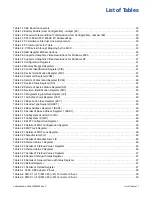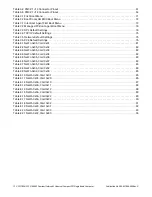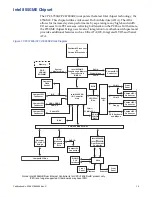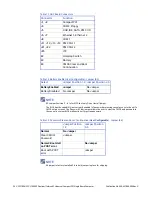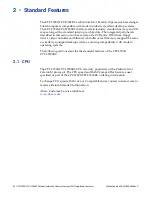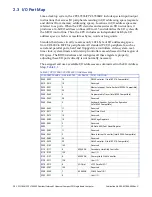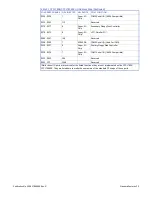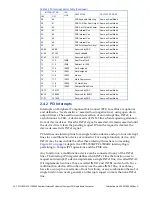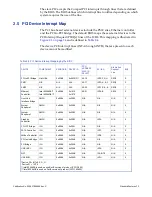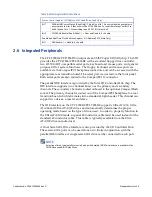
22 CPCI-7806/CPCI-7806RC Pentium/Celeron M Universal CompactPCI Single Board Computer
Publication No. 500-657806-000 Rev. G
1.5 Installation
The CPCI-7806/CPCI-7806RC conform to the CompactPCI physical specification
for a 6U board. The CPCI-7806/CPCI-7806RC can be used for system control or as
a peripheral board. It can be plugged directly into any standard chassis accepting
either type of board. The following pictures illustrate the symbols used to identify
the slots in a standard CompactPCI chassis.
The following steps describe the recommended method for installation and
powerup of the CPCI-7806/CPCI-7806RC:
1. If a PMC module is to be used, connect it to the CPCI-7806/CPCI-7806RC
prior to board installation (as shown in
). Refer to the
Product Manual for the PMC module for configuration and setup.
2. The CPCI-7806/CPCI-7806RC must be installed in a designated slot of the
CompactPCI backplane (see symbols above for selection of the correct slot).
NOTE
Air flow requirements as measured at the top (outlet) of the unit is to be greater than 400 LFM.
3. Insert the CPCI-7806/CPCI-7806RC into a CompactPCI chassis system
controller or peripheral slot. While ensuring that the board is properly
aligned and oriented in the supporting board guides, slide the board
smoothly forward against the mating connector. Use the ejector handles to
firmly seat the board.
4. All needed peripherals can be accessed from the front panel or the rear I/O
ACC-0584/ACC-0584RC rear transition boards. Each connector is clearly
labeled on the front panel, and detailed pinouts are in
5. Connect a keyboard and, optionally, a mouse if the system has not been
previously configured.
6. The CPCI-7806/CPCI-7806RC features an optional CompactFlash
resident on the board. Refer to Chapter 3
for set up details.
7. If an external drive module is installed, the BIOS Setup program must be
used to configure the drive types. See
“BIOS Setup Utility” on page 63
to
properly configure the system.
8. If a drive module is present, install the operating system according to the
manufacturer’s instructions.
This symbol identifies the
This symbol identifies
System Controller slot
peripheral slots
This symbol identifies
Dual LAN Node slots




